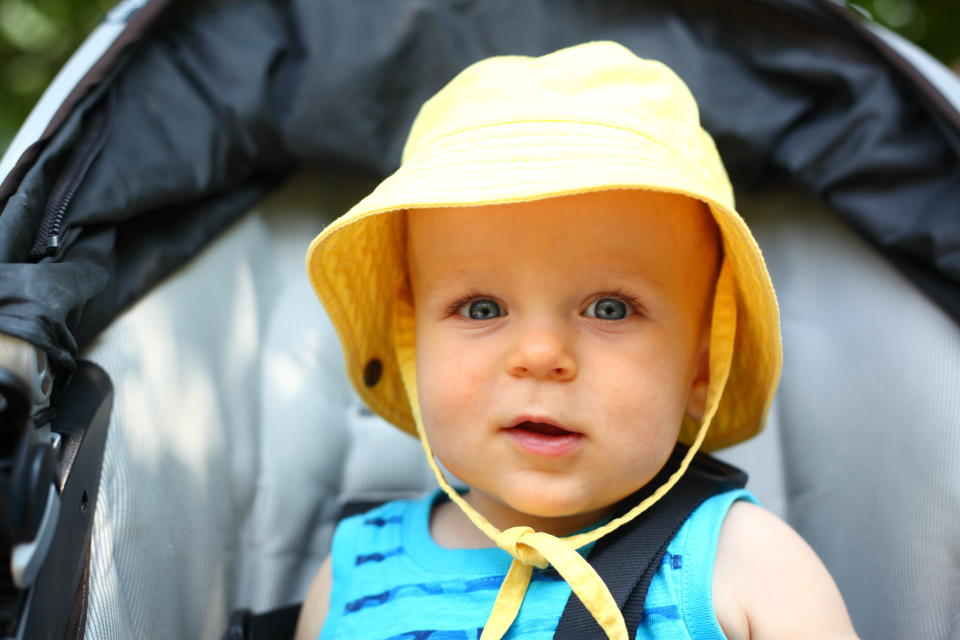This common stroller mistake could give your child heat stroke
A new study reveals this one common stroller mistake could cause your child to develop heat stroke.
When it comes to hot sunny days millions of parents are being extra careful about exposing their young children to the heat. It’s not uncommon for parents to cover their child’s stroller with a blanket to protect them from direct sunlight.
However, a new study reveals this innocent action could actually produce a furnace-like effect and put your child in danger.

A group of Swedish researches reveals that, just like leaving a child in a hot car, parents are actually putting their children in danger by shielding them from the sun.
“It gets extremely hot down in the pram (stroller), something like a thermos,” pediatrician Svante Norgren told Swedish newspaper Svenska Dagbladet.
“There is also bad circulation of the air and it’s hard to see the baby with a cover over the pram.”

The newspaper decided to conduct its own experiment to see just how high temperatures could increase for a child inside a covered stroller.
With outside temperatures of 22 degrees Celsius (71.6 degrees Fahrenheit), researchers placed a thin blanket over the top of the stroller and found the temperature inside reached 34 degrees Celsius (93.2 degrees Fahrenheit) within thirty minutes. After an hour, temperatures reached 37 degrees Celsius (98.6 degrees Fahrenheit).
With young children at an increased risk to overheating and becoming dehydrated, a simple cover to shield the sun is a recipe for disaster.
Recognising heat stroke
Symptoms of heat stroke include hot, red, dry skin, a quickened or rapid pulse, restlessness, change in breathing (rapid, shallow breaths), vomiting and unconsciousness.

Young children are at risk of developing heat exhaustion, which can escalate to heat stroke quickly. Parents can detect heat stroke by noticing pale, clammy skin, overly tired or restless behaviour, requiring fewer diaper changes than usual, dark urine, a refusal to drink or eat or conversely, an increased thirst.
If you suspect that your child may have heat stroke or heat exhaustion, move your child to a cool place (indoors) and seek medical attention immediately.
While waiting for help to arrive, you can help your child by applying cold water to the skin and clothing, and fan the child to bring down their body temperature.
Preventing heat stroke
Babies and young children are advised to stay indoors or in shaded areas during days with high temperatures, especially during the hours of 11 a.m.- 5 p.m. when the sun is at its strongest.
Parents can help prevent heat stroke by dressing their child in light, loose-fitting clothing, and shield them from the sun with a hat or sunscreen. Parents should note that sunscreen is not advised for children under six months of age.
If outdoors, keep your child in a shaded area. If your child is in a stroller, be sure that air can circulate throughout by removing the back stroller panel, or switching to a more open, well-ventilated stroller.
Parents are encouraged to plan ahead with snacks and liquids to offer their children when outdoors to prevent dehydration. Bottle and breast-feeding parents are encouraged to increase feeding times.
Got a story tip? Send it to tips@yahoo7.com.au
Want more celebrity, entertainment and lifestyle news? Follow Be on Facebook, Twitter, Pinterest, Tumblr and Instagram.

 Yahoo Lifestyle
Yahoo Lifestyle 


